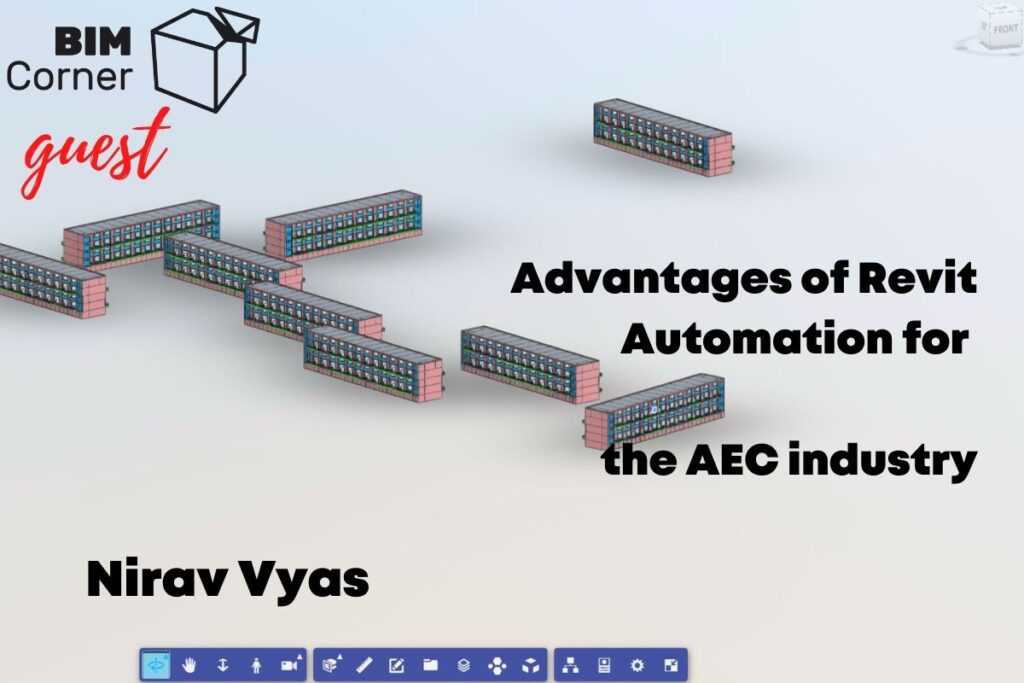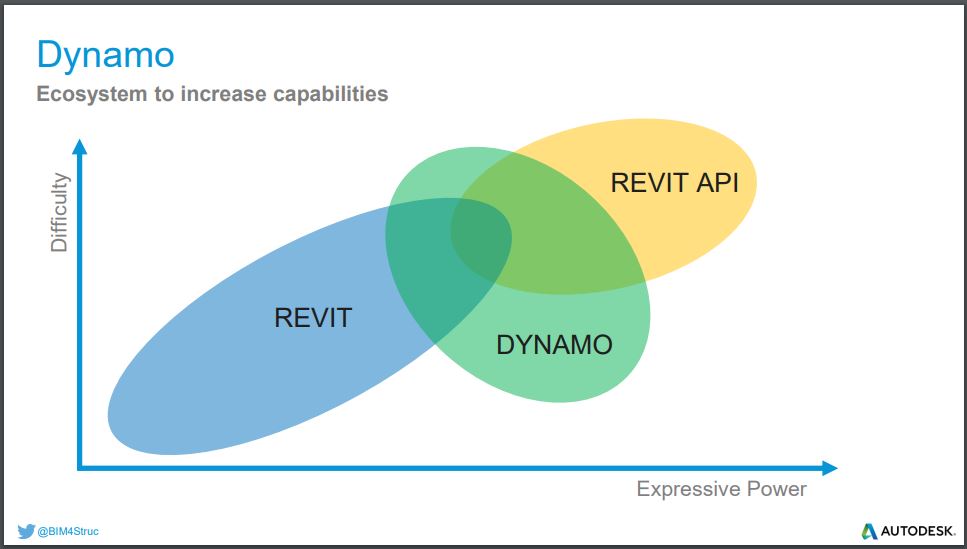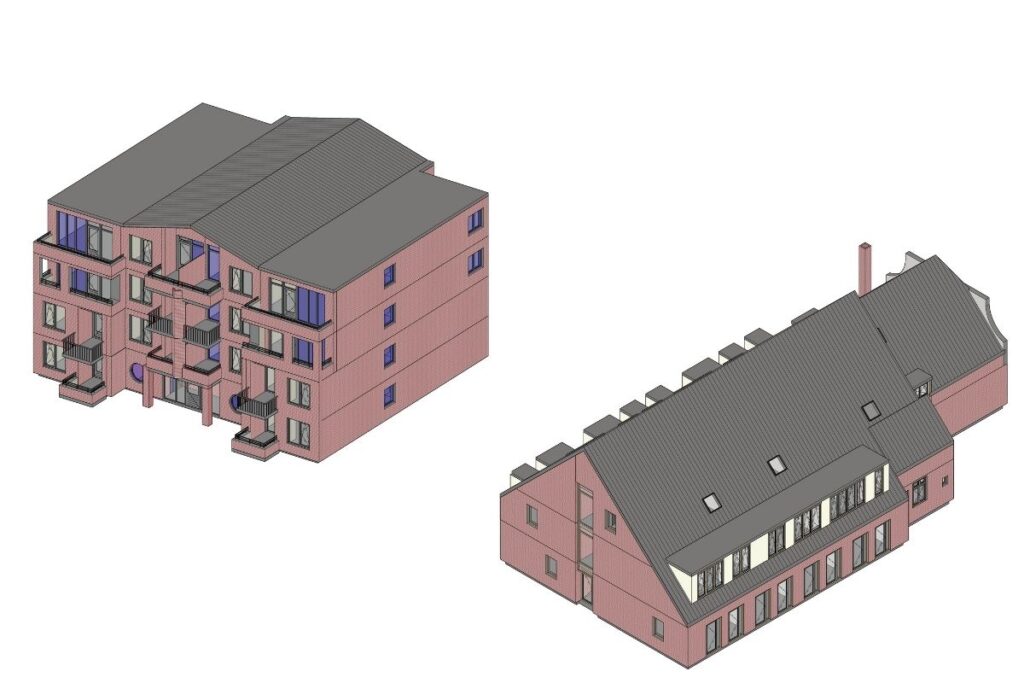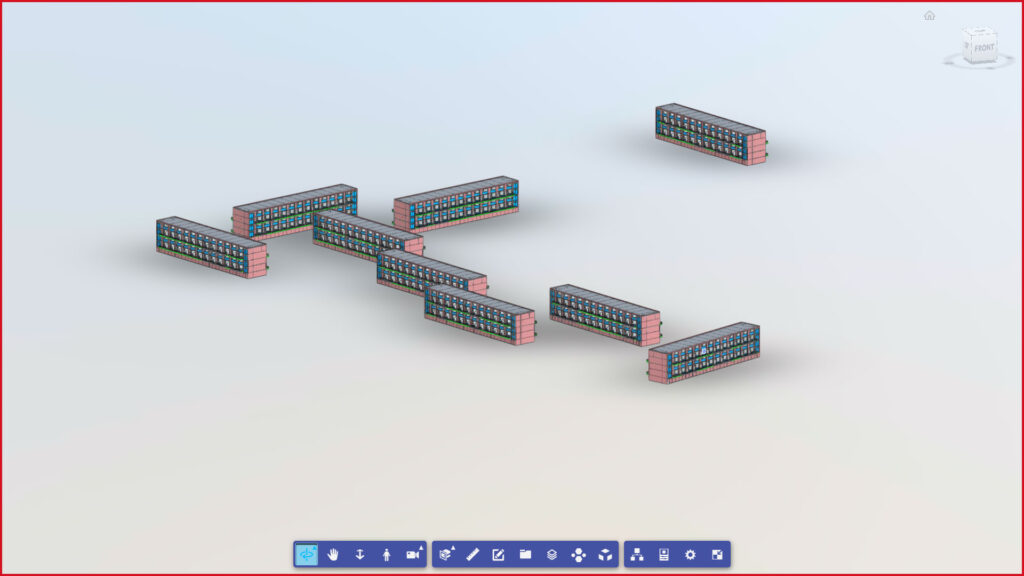In today’s competitive construction sector, construction firms are constantly looking for ways and means to improve construction efficiencies and gain a competitive edge. The building design industry and consultants are under constant pressure to produce multiple and sustainable designs or model prototypes with quick turnaround times. Automation holds the key to delivering viable construction solutions.
Generating optimized design outcomes using computational tools and generative design using Dynamo, Plugins, and APIs produces the best possible solutions through quick analysis and by evaluating alternatives.
It takes only a fraction of the time to generate optimum scenarios through design parameters, energy calculations, etc.
As the design evolves, it gives designers, engineers, and clients the capability to investigate, enhance, and make informed calls to complex design requirements. Better recommendations on materials, schedules, costs, etc. can be identified based on explicit goal setting. Various model states can be explored based on required functions.
So the question then is, how exactly does Revit automation offer the competitive edge to the construction industry?
Why Revit automation is important for AEC stakeholders?
Revit automation gives designers and engineers infinite design possibilities with a vast range of inputs. Construction planning, façade design, space planning, building design, etc. are crucial for computational design, high-performing deliverables, insights at scale, and quick decision-making.
Improving the design bottom line by automating repetitive tasks, creates space for designers and engineers to work on crucial tasks. Design modeling in a highly controlled environment driven by visual programming produces predictable and standardized design deliverables.
Revit automation not only speeds up repetitive tasks but uses the power of programming in languages like C#, .Net, etc. to extract geometry, modify Revit data, build customized families, perform building analysis, enhance productivity, etc.
This can be achieved through Revit APIs, whilst Dynamo is more of a visual programming tool that fits right into Revit software.
According to Hitechcad services company – For large-scale projects with requirements of hundreds of BIM models in short turnaround times, Revit automation through Dynamo and APIs can help save 50% time on project delivery, produce cost savings of more than 18%, and achieve 100% model accuracy.
As an intuitive open-source platform, Revit automation extends the functionalities of Revit to create automated parametric geometry, automate repetitive tasks, and fuel generative design.
For this it is crucial to understand what Generative design really means and how it is beneficial to AEC stakeholders.
What is Generative Design?
Generative design predominantly uses a purpose-oriented approach or algorithm through automation. It provides designers and engineers with insights for faster, yet result-driven decision making. Specific design parameters based on project requirements are pushed into Revit-friendly automation tools to churn out thousands of potential design options.
Generative designs help design teams and other stakeholders visualize designs with the best performance for quick and sustainable construction and operations. Integrated workflows that are set well into Revit help generate designs, until they are analyzed by the designers for goals achieved, and are further ranked in order of performance.
Based on parameters, the generative design algorithm will further evolve to find the best possible solutions. Designs with accurate spatial geometry and other capabilities are approved and integrated into the wider project scope.
The following image by Autodesk helps understand the Generative design process.
Advantages of Revit automation for the construction industry
Achieve greater efficiency
The most valuable and universal requirement that cannot be neglected is efficiency. Generating Revit models automatically reinforced with design validation takes the efficiency factor to an all-new stage. Previously time-consuming processes are set to run in the background, while designers focus on providing greater project value with high-quality design.
Design automation APIs like Forge push the boundaries of Revit and make it more accessible to enhance productivity, save on costs, and make design standardized and customizable.
For example – For a project in Europe, more than 300 models for a housing corporation needed to be digitized, within a short deadline. With Revit automation using Dynamo and APIs, several production processes were automated which shortened TAT.
With 100 % Quality in ILS DATA and NEN 2580 Area Plan reports, the client was able to gain a digitized repository of property data while saving project cost and time. Figure 1, Figure 2 and Figure 3 show the models created using Revit automation for the 300 residential units in Netherlands.
Reduce design errors
Creating 3D BIM models in the preconstruction stage is the first crucial milestone that needs to be achieved. Coordinating multiple trades to build batch models requires automated batch processing capabilities that can be verified using Revit API’s.
Contractors are challenged to complete onsite activities on time, this requires error-free models and drawings that facilitate project completion within budget and timelines.
Achieving milestones with accurate design helps operations and maintenance teams leverage a digital repository of digitized deliverables that include 3D models, drawings, O & M manuals, etc.
Systems standardization across various trades with Revit Families
Creating standardized components with accurate and validated geometry and data improve component fabrication and installation. Fabrication companies are challenged to create quality components and systems based on insufficient geometric and non-geometric data, lack of accuracy, and standardization.
Customized Revit content or families built around optimized workflows drive high-quality fabrication to enhance design performance, and building quality.
Extending Revit capabilities with custom plug-ins
Improving design efficiencies through value-engineering helps designers and engineers enhance 3D models, 2D documentation, and detailing.
The presence of automated interference identification and resolution, simplified model editing, customized interfaces, and more through hard-core programming using .Net and Python extends Revit capacities by a large factor.
Using visual programming techniques with Dynamo for high-performance architectural designs
Dynamo scripting through custom node creation is one of the most powerful techniques to automate monotonous and repetitive tasks. Visual programming through customized nodes and rule-based validation automates ad-hoc tasks and enables greater collaboration. Architects can leverage Dynamo as a powerful tool to create hundreds of detailed sheets, calculate area, FAR, etc.
Furthermore, Dynamo extends its capabilities for MEP professionals to map room specifications, identify pipe intersections, perform wall fire rating, etc.
Construction companies and contractors can gain a competitive edge with Dynamo to generate accurate BOQ’s, build structural layouts, create shop drawings, and more.
Wrapping it up
Revit automation for the construction industry has been a potential game-changer for the preconstruction stage. Extending complex designs into interoperable workflows to coordinate, analyze, simulate, document, and fabricate through simple logic has enriched BIM to another level.
Whether it is data automation, architecture automation, customized interfaces, quality check tools, or other automation extensions for Revit, Generative design will fuel optimized workflows for better construction outcomes. Revit automation truly offers a competitive edge in today’s fast-paced construction industry.












